
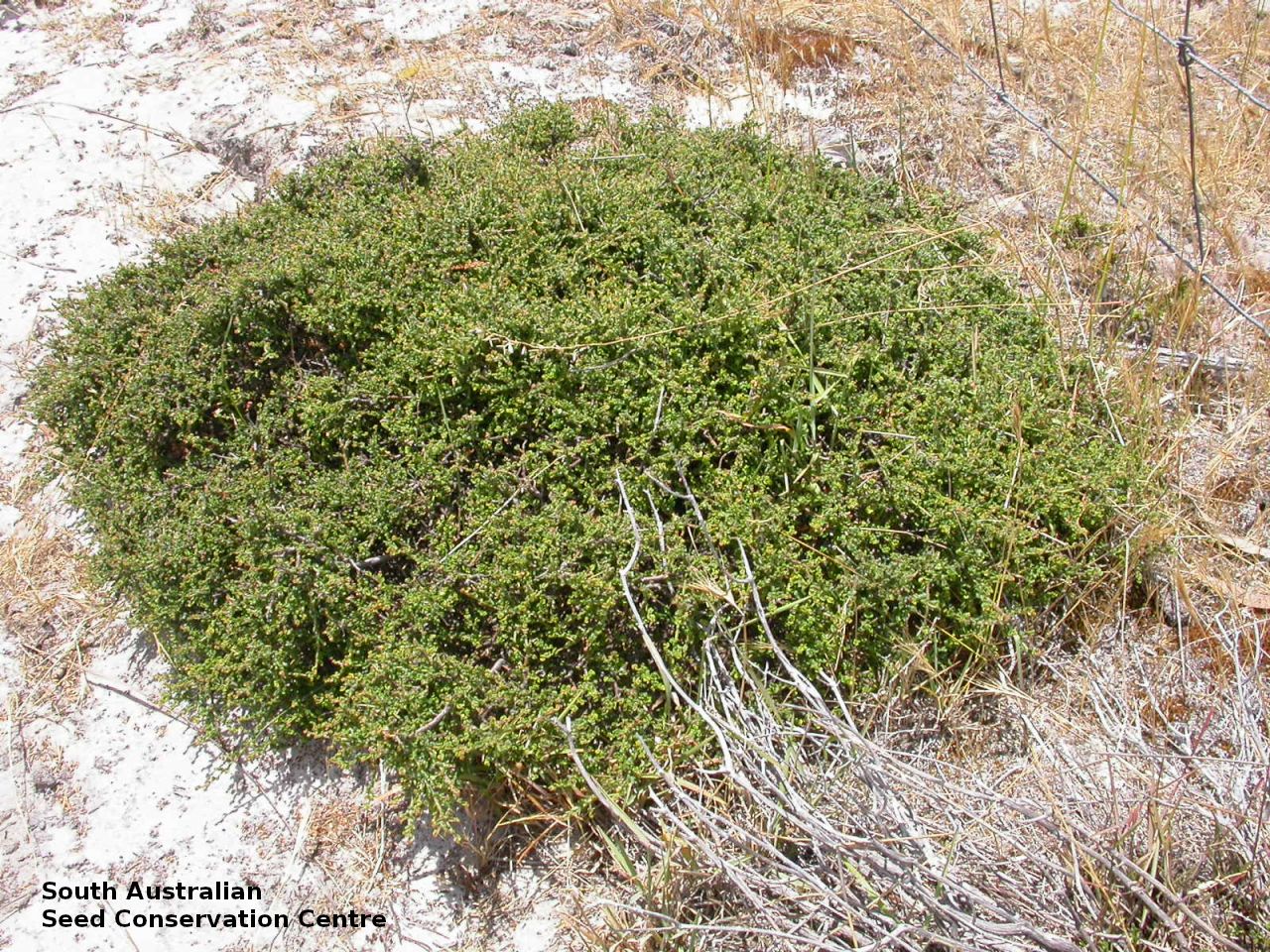
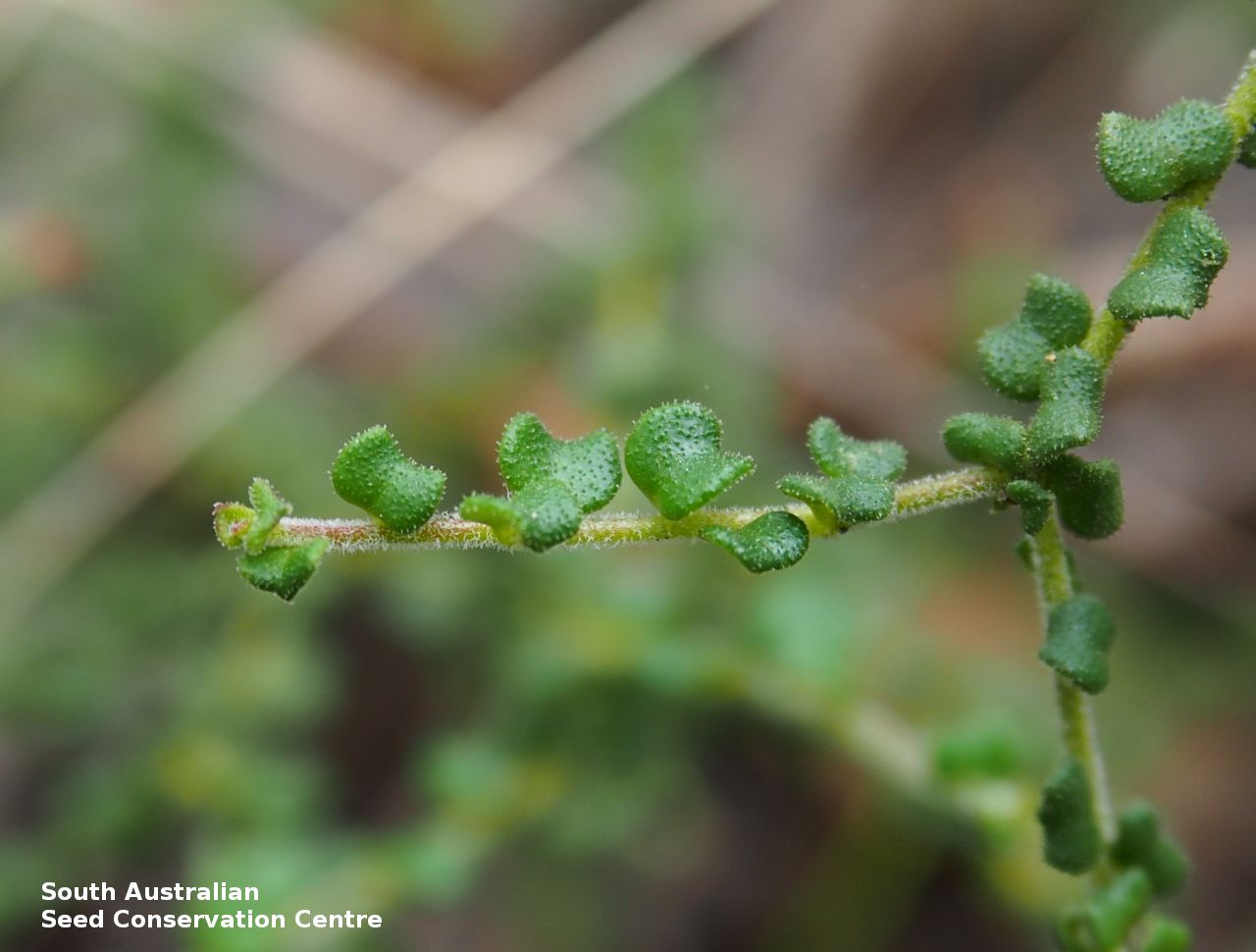
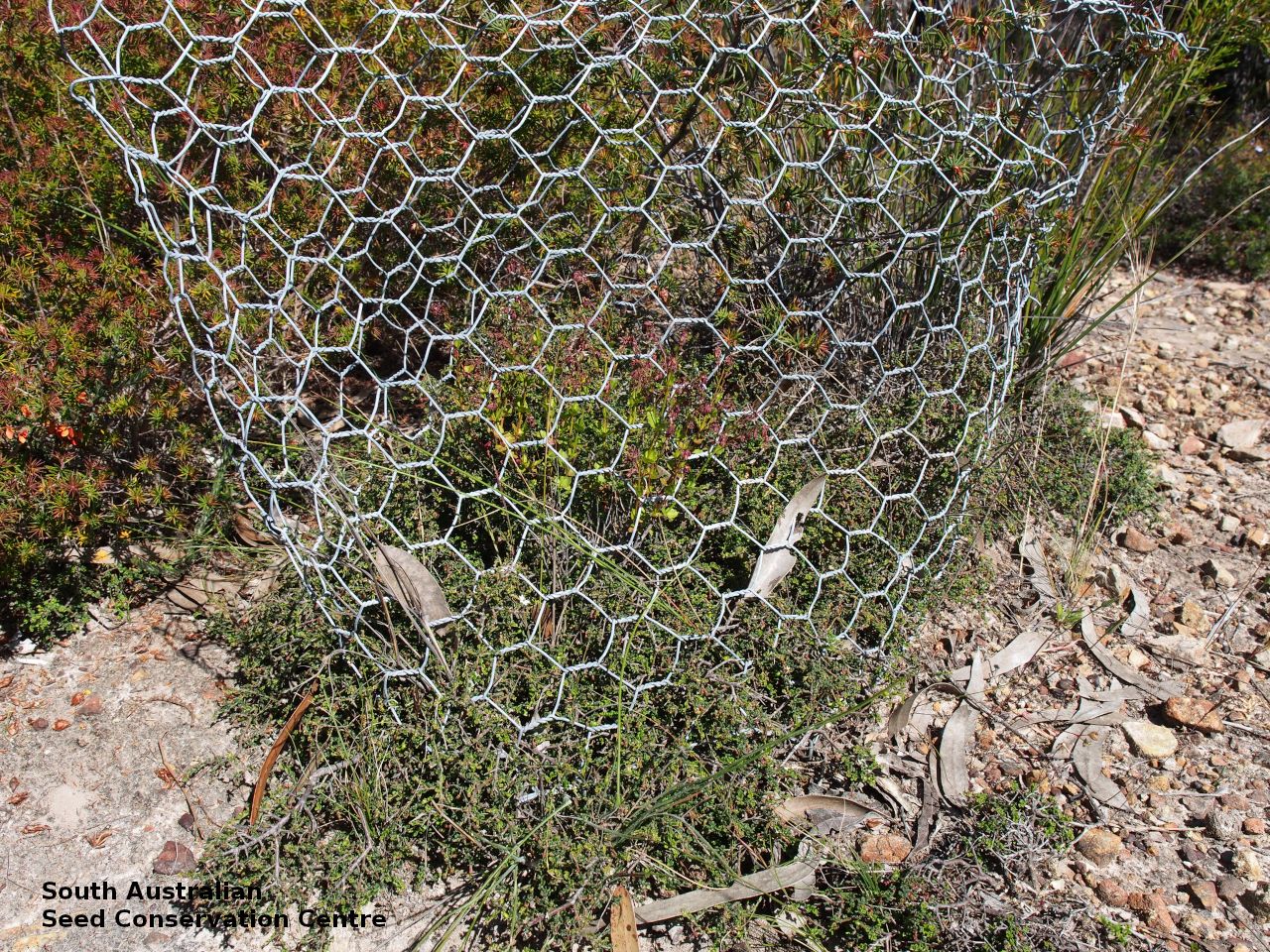

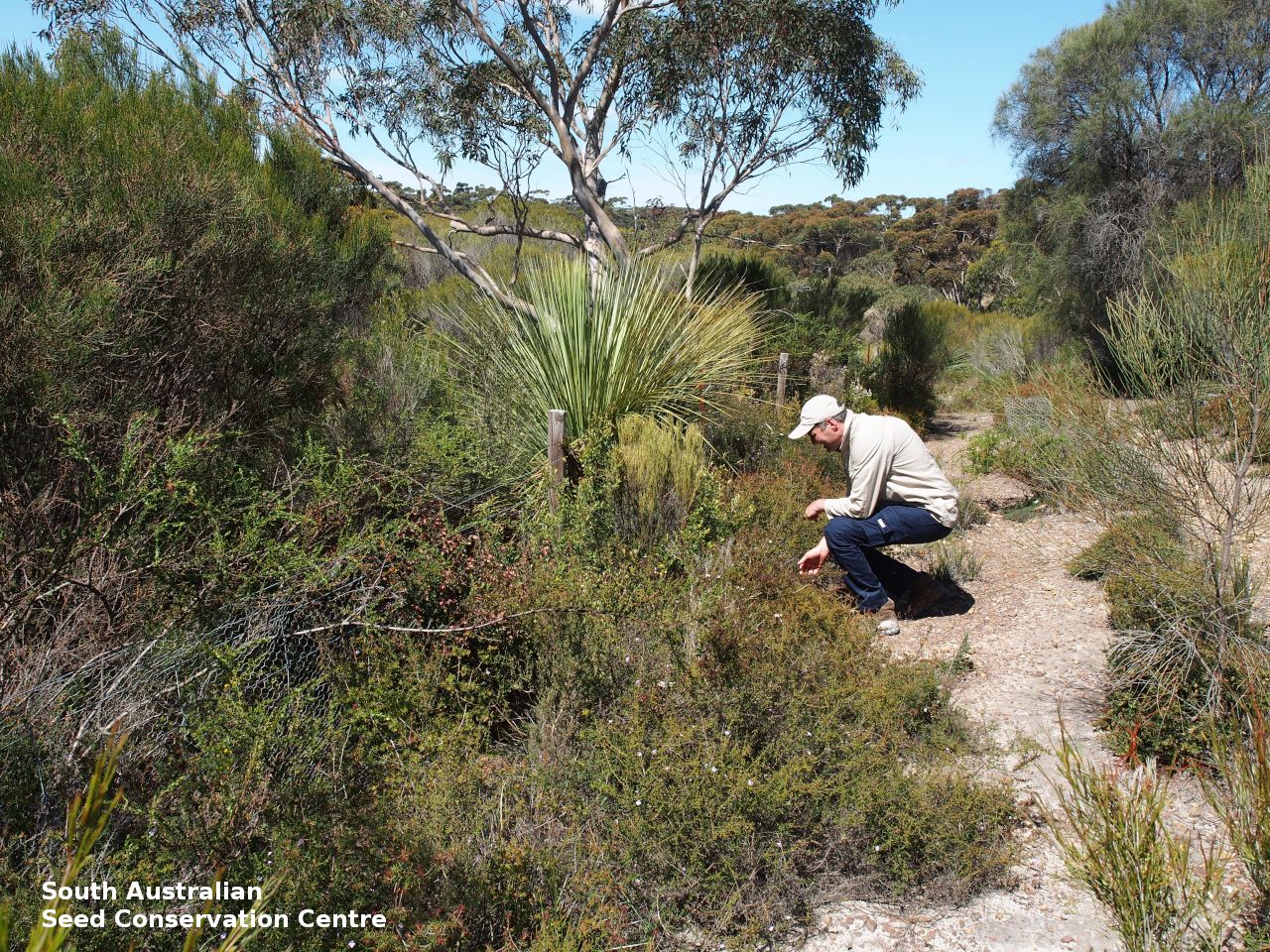
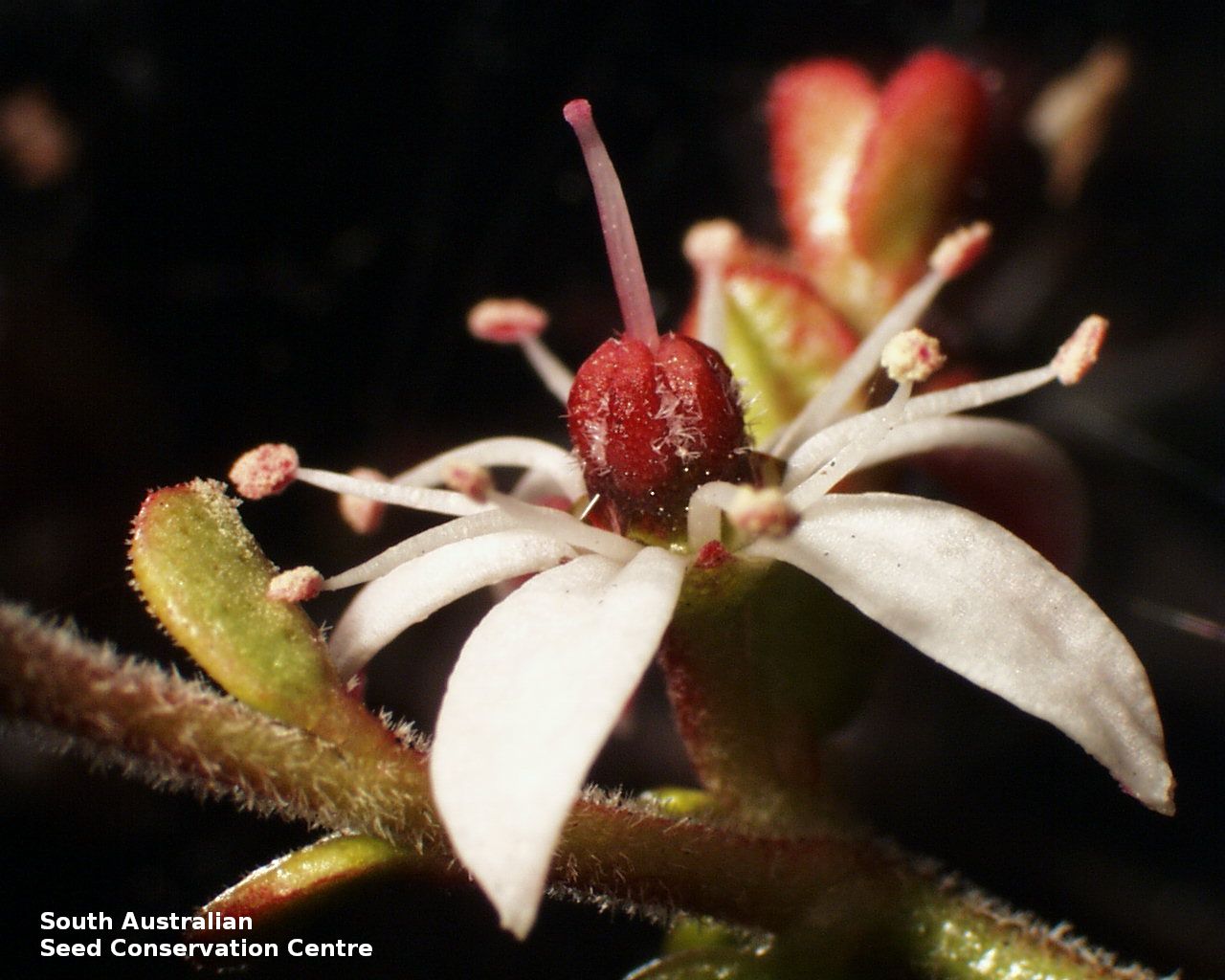
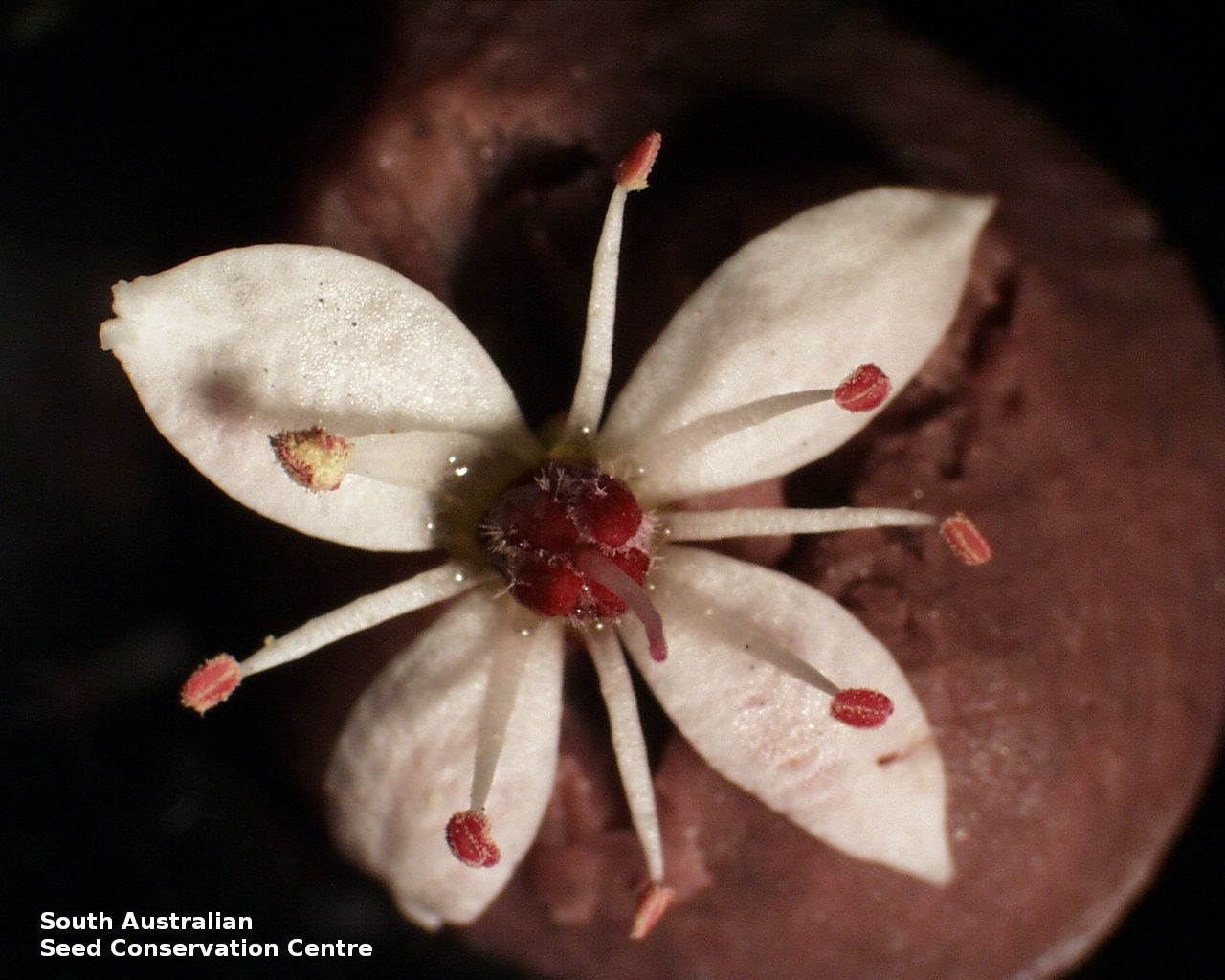
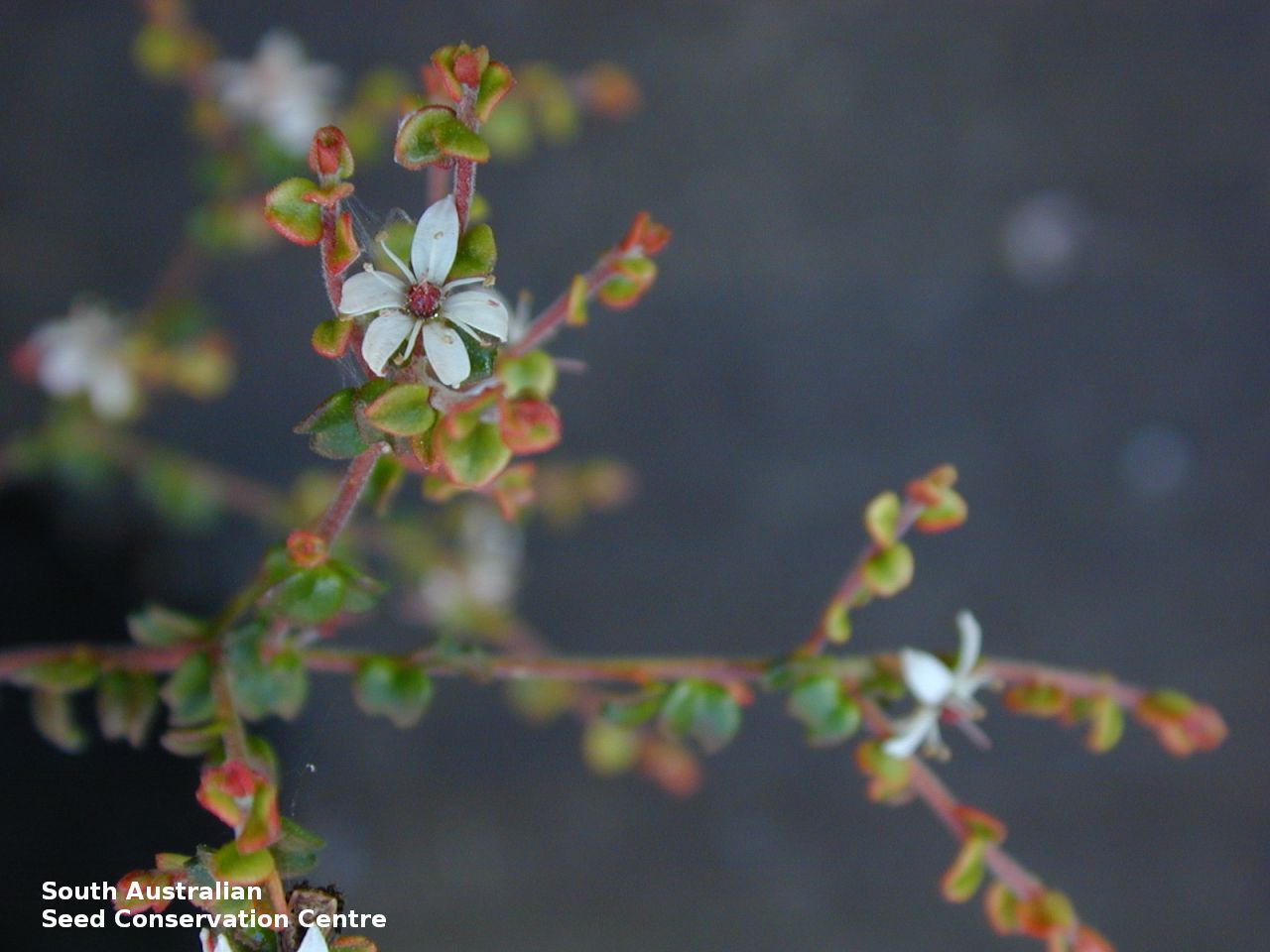

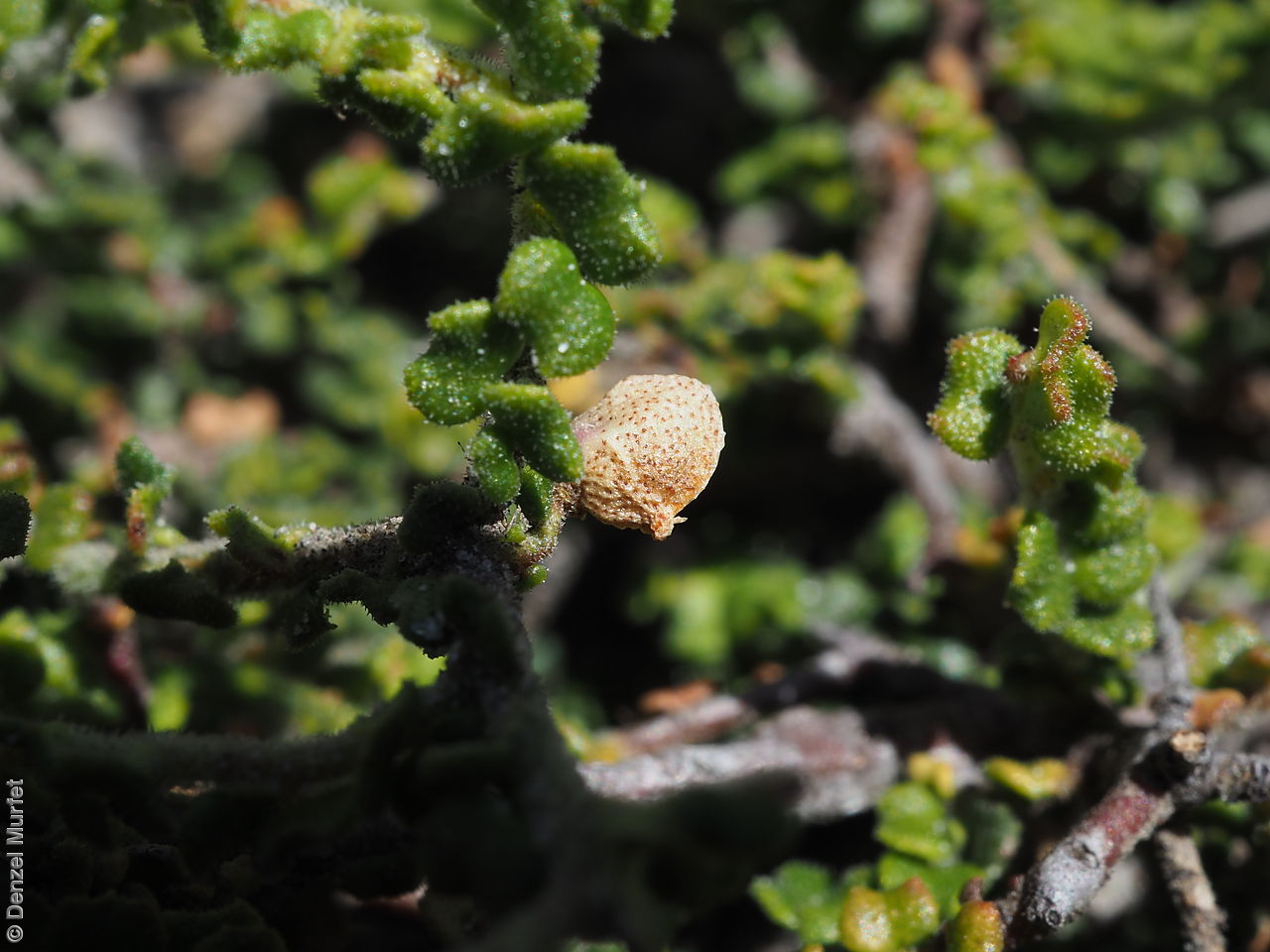
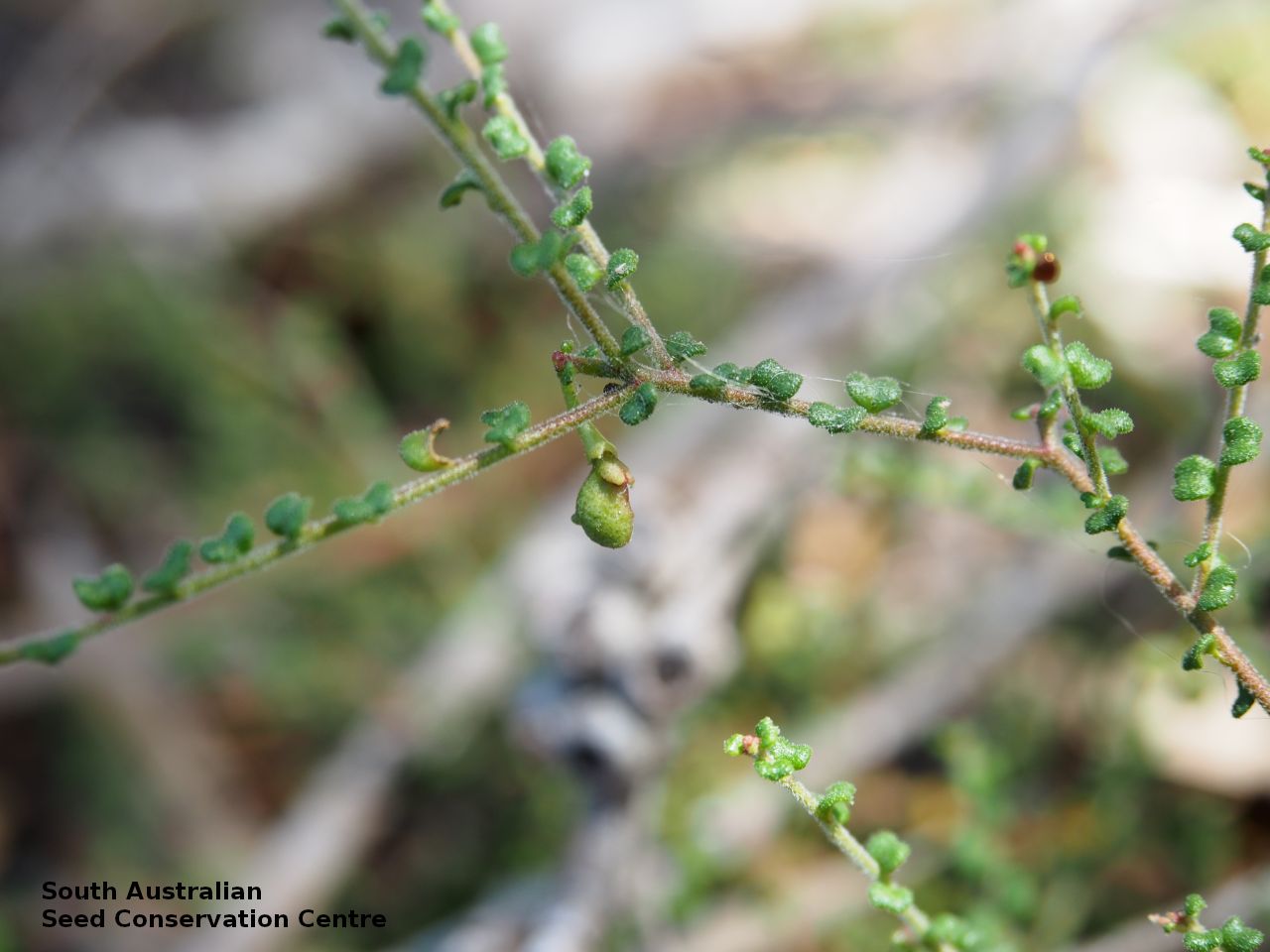
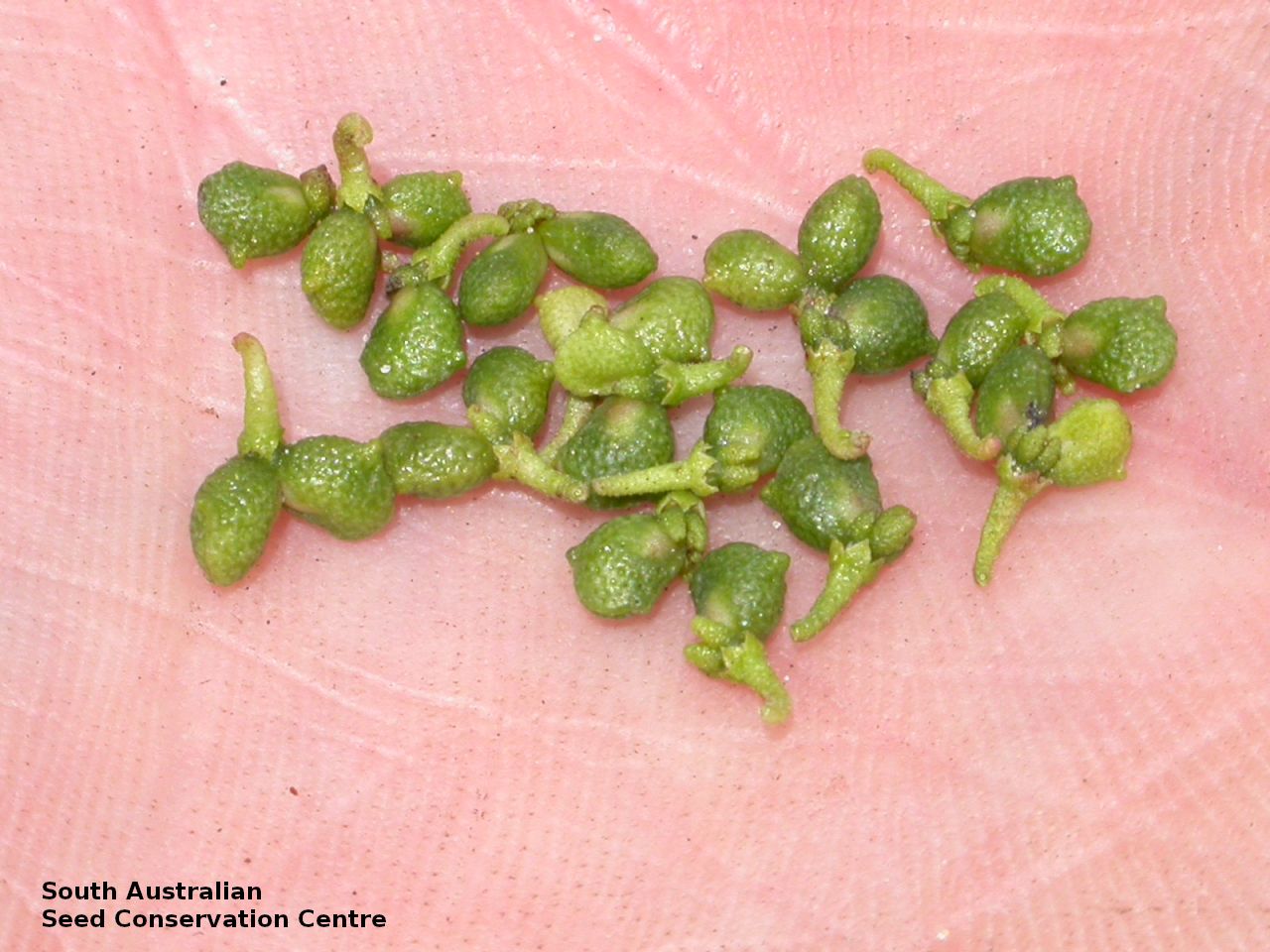
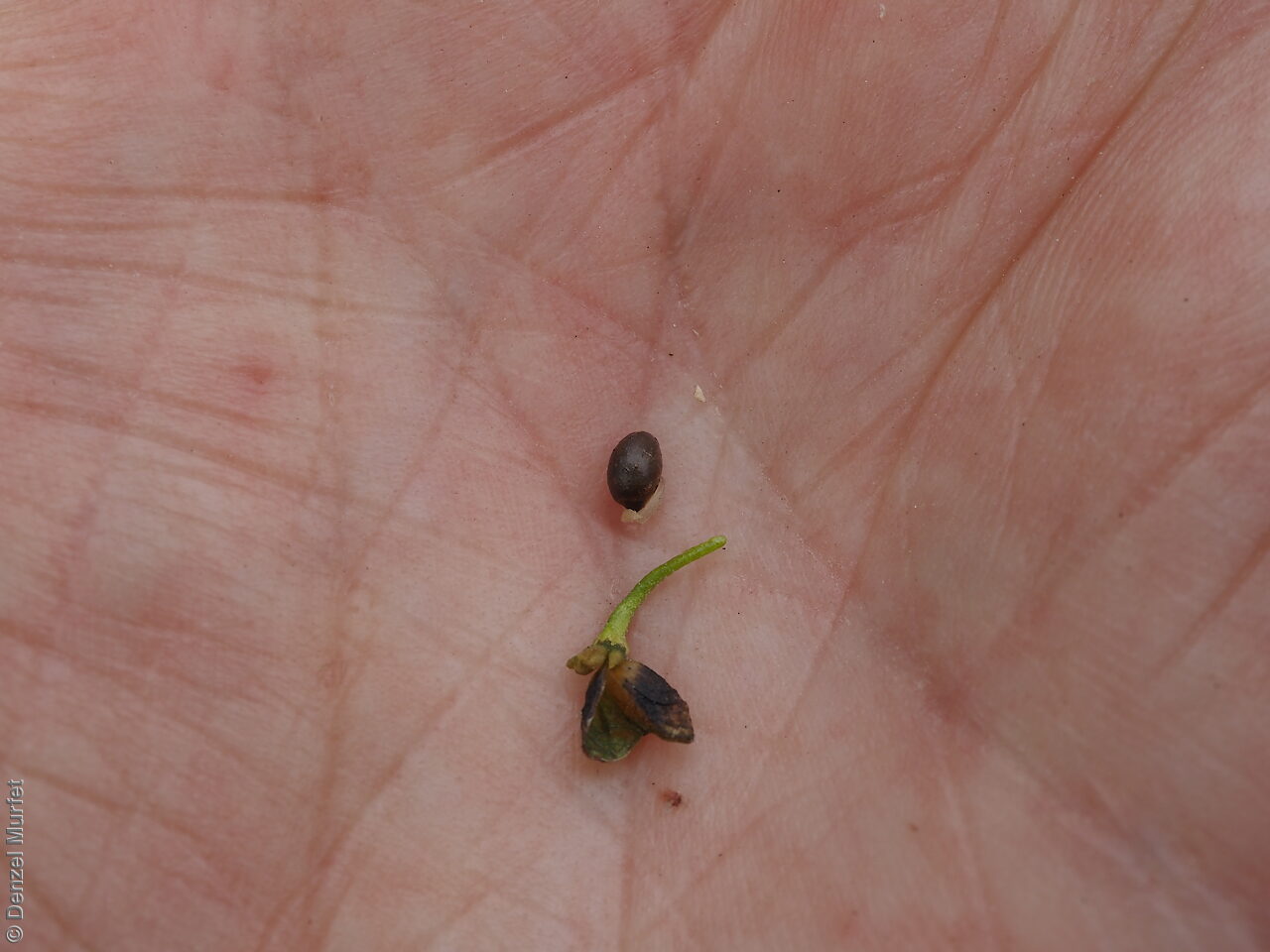
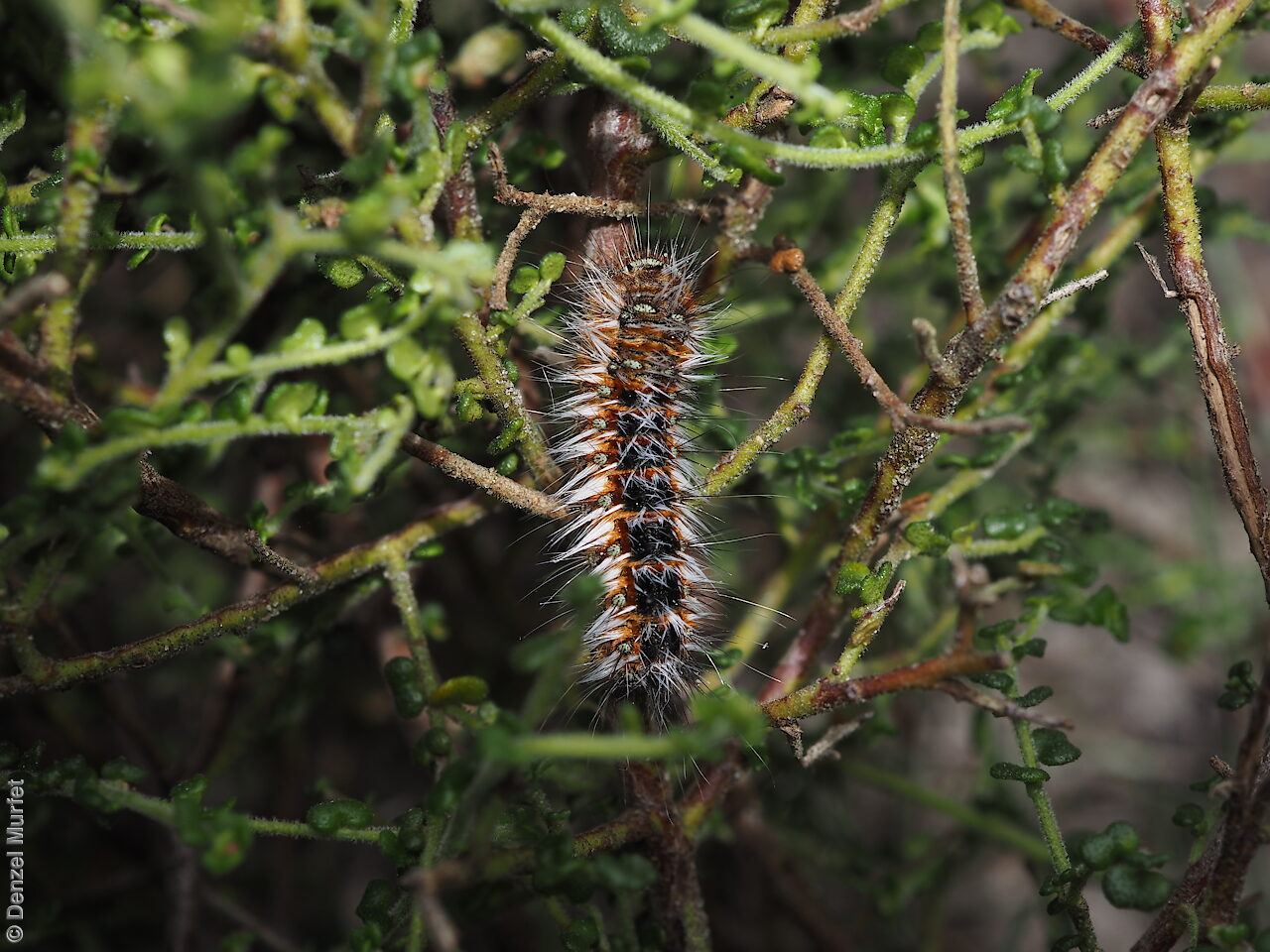
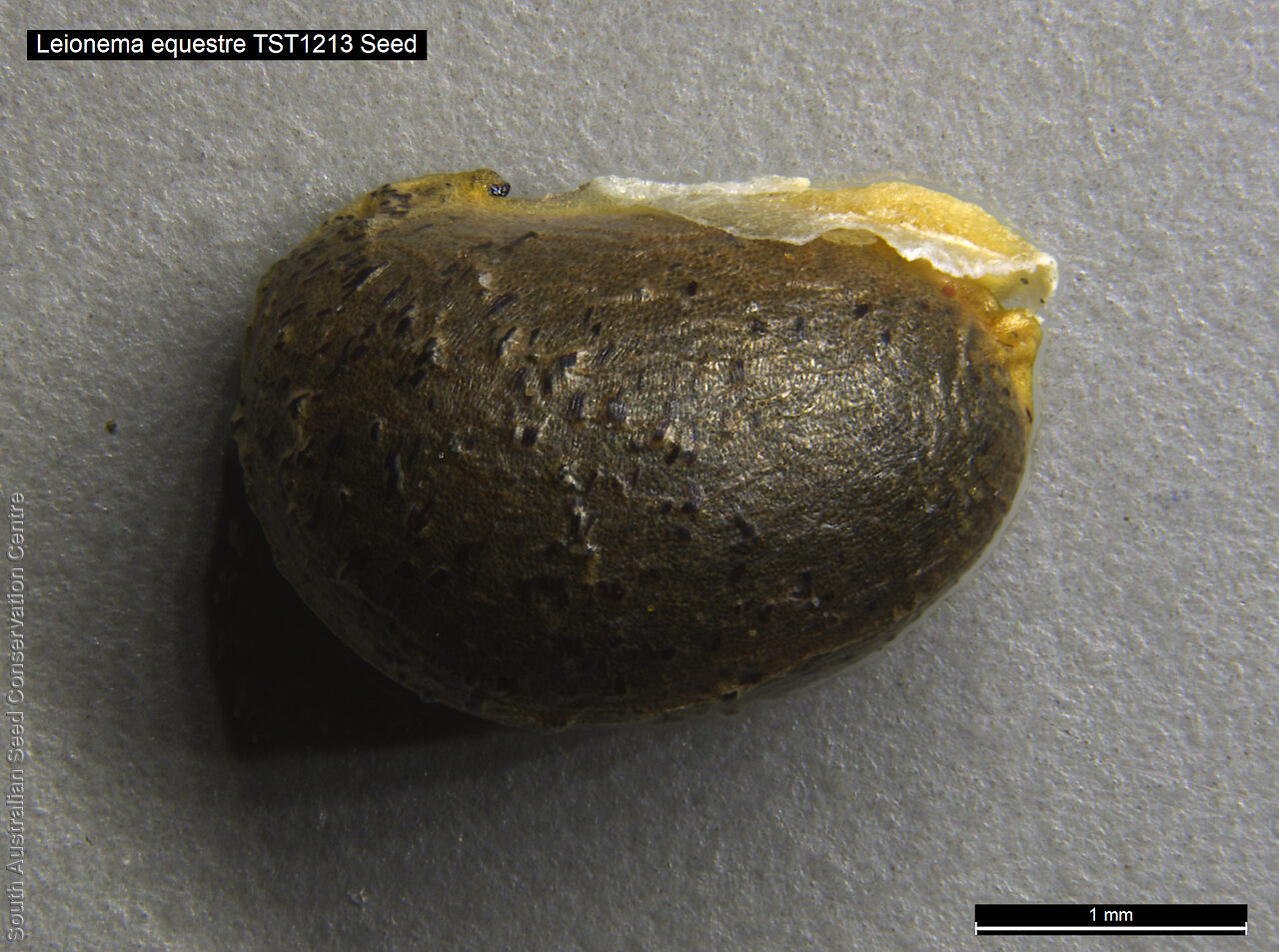
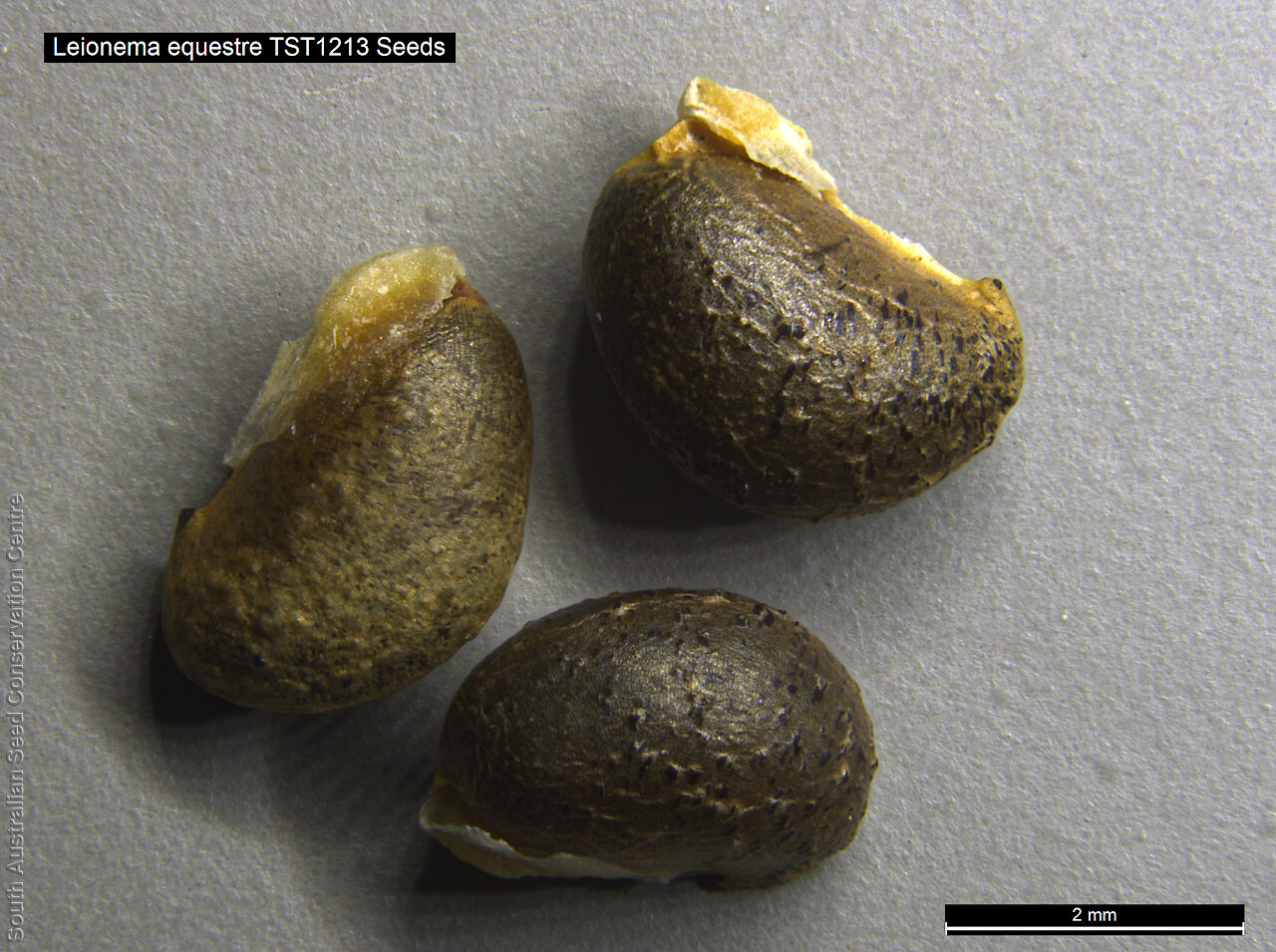

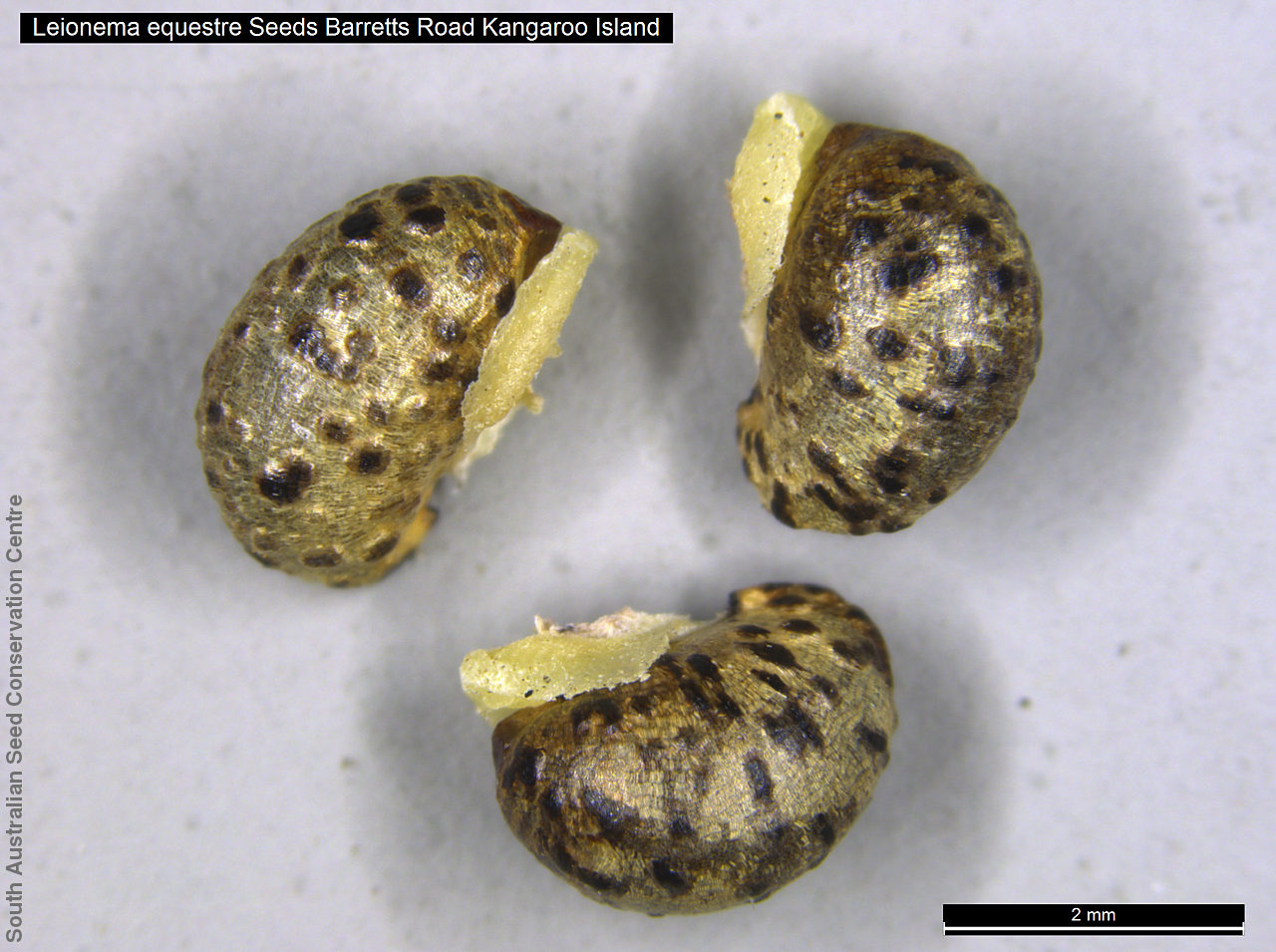

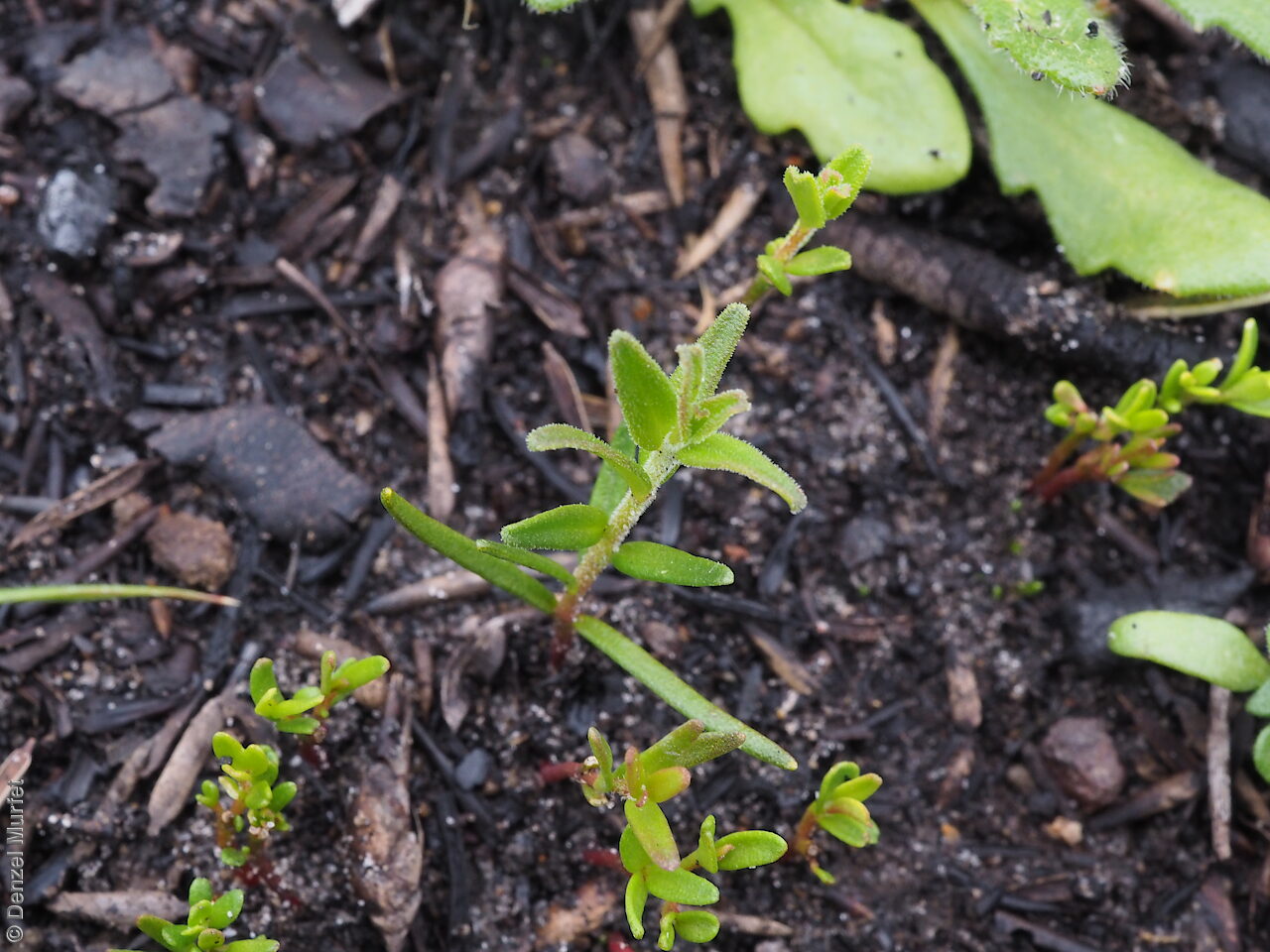
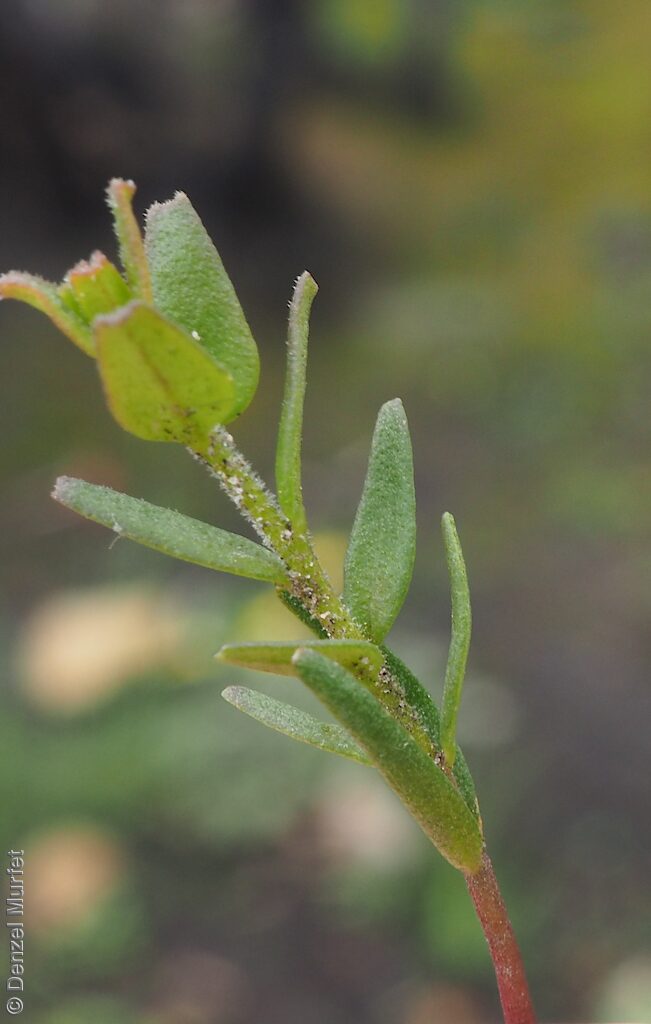
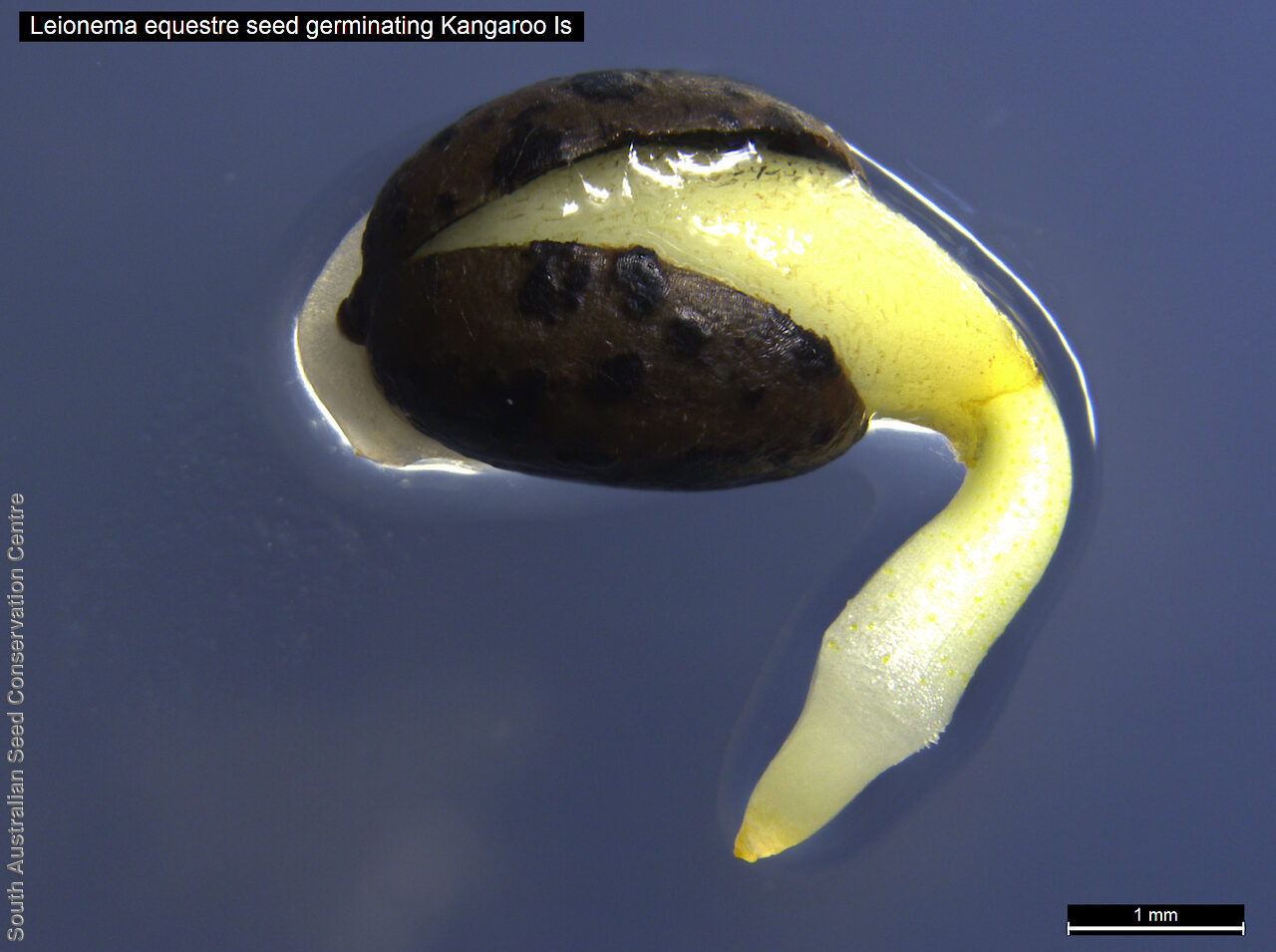


Prior names
Phebalium equestre
Common names
Saddle-leaf Phebalium
Kangaroo Island Phebalium
Etymology
Leionema, from the Greek 'leios', meaning smooth and 'nema', meaning thread, referring to the 'hilar strand', which is a small piece of tissue joining the hilum (scar on the side of the seed) to the ovule. Esquestre, from the Latin 'equester', meaning belonging to cavalry or to horsemen, referring to its saddle-shaped leaves.
Distribution and status
Endemic to South Australia and restricted to a small area on Kangaroo Island, growing on sandy soils and lateritic soil in Eucalyptus diversifolia and E. cneorifolia mallee. Native. Very rare in South Australia.
Herbarium region: Kangaroo Island
AVH map: SA distribution map (external link)
Plant description
Dwarf, spreading shrub to 30 cm high with repeatedly diverging branches; branchlets slender, smooth, green or becoming reddish; pubescent with stellate hairs. Leaves very shortly petiolate; patent, saddle-shaped; tranversely oblong- cordate to 3.5 mm long and 1.5 mm wide; dotted with depressed glands. Scabrous above, glabrous below; margins entire, recurved. Inflorescence, terminal cluster with 1 to 3 white to pink flowers. Flowering between August and October Fruits are pale brown, warty, two-segmented capsule to 3 mm long. Seeds are brown bean-like seed to 3 mm long and 2 mm wide; smooth. Seed embryo type is linear fully-developed.
Seed collection and propagation
Collect seeds between November and February. Collect mature capsules; those that are turning a pale straw colour and containing hard seeds. Place the capsules in a tray and leave to dry for a weeks. The seed pods split apart when fully ripe, so timing of seed collections is important. Monitor fruits closely and either collect the pods close to maturity (when they turn brown), or bag maturing fruits. Then rub the capsules gently by hand to dislodge the seeds. Use a sieve to separate the unwanted material. Store the seeds with a desiccant such as dried silica beads or dry rice, in an air tight container in a cool and dry place. Seed viability can be variable depending at which stage the seed was collected. This species has morpho-physiological dormancy and can be difficult to germinate.
Fire Response
Obligate re-seeder, only tiny seedlings noted emerging in fire scars and no re-sprouting observed.
Longevity: >15 years
Time to flowering: 3-4 years
Recovery work
In 2020-2021 this species was assessed post-fire in 1 year and 2 year old fire scars. A total of 1,300 seeds have been collected & banked for a population outside the 2020 fire scar along Barrett Road. Further populations will be assessed and seeds collected on Kangaroo Island in 2021–2022. Germination screening testing the response to fire cues will be undertaken in 2021.This project was supported by the Project phoenix program.
| Location | No. of seeds (weight grams) | Number of plants | Date collected | Collection number Collection location | Date stored | % Viability | Storage temperature |
|---|---|---|---|---|---|---|---|
| BGA MSB | 1,387 (5.6 g) 1,387 (5.6 g) | 104 | 19-Feb-2003 | PJA43 Kangaroo Island | 1-Sep-2004 | 80% | -18°C |
| BGA | 1,300 (6.17 g) | 56 | 9-Dec-2003 | PJA61 Kangaroo Island | 1-Sep-2004 | +5°C, -18°C | |
| BGA | 1,500 (5.31 g) | 40 | 19-Feb-2003 | PJA44 Kangaroo Island | 1-Sep-2004 | 55% | +5°C, -18°C |
| BGA | 2,400 (10.12 g) | 50+ | 16-Nov-2015 | TST1213 Kangaroo Island | 2-May-2017 | 100% | -18°C, -80°C |
| BGA | 1,100 (3.93 g) | 50+ | 13-Dec-2016 | DJD3562 Kangaroo Island | 1-Nov-2017 | 70% | -18°C |
| BGA | 1,300 (6.810 g) | 50+ | 15-Dec-2020 | DJD3975 Kangaroo Island | 28-Jun-2021 | 94% | -18°C |
| BGA | 1,270 (6.680 g) | 27-Dec-2021 | JRG868 Kangaroo Island | 7-Jul-2022 | 65% | -18°C | |
| BGA | 1,400 (5.49 g) | 50+ | 12-Dec-2016 | JRG544 Kangaroo Island | 7-Jul-2022 | 70% | -18°C |
| BGA | 242 (1.02 g) | 20+ | 17-Jan-2017 | TST1213 Kangaroo Island | 7-Jul-2022 | 86% | -18°C |
Number of plants: This is the number of plants from which the seeds were collected.
Collection location: The Herbarium of South Australia's region name.
% Viability: Percentage of filled healthy seeds determined by a cut test or x-ray.